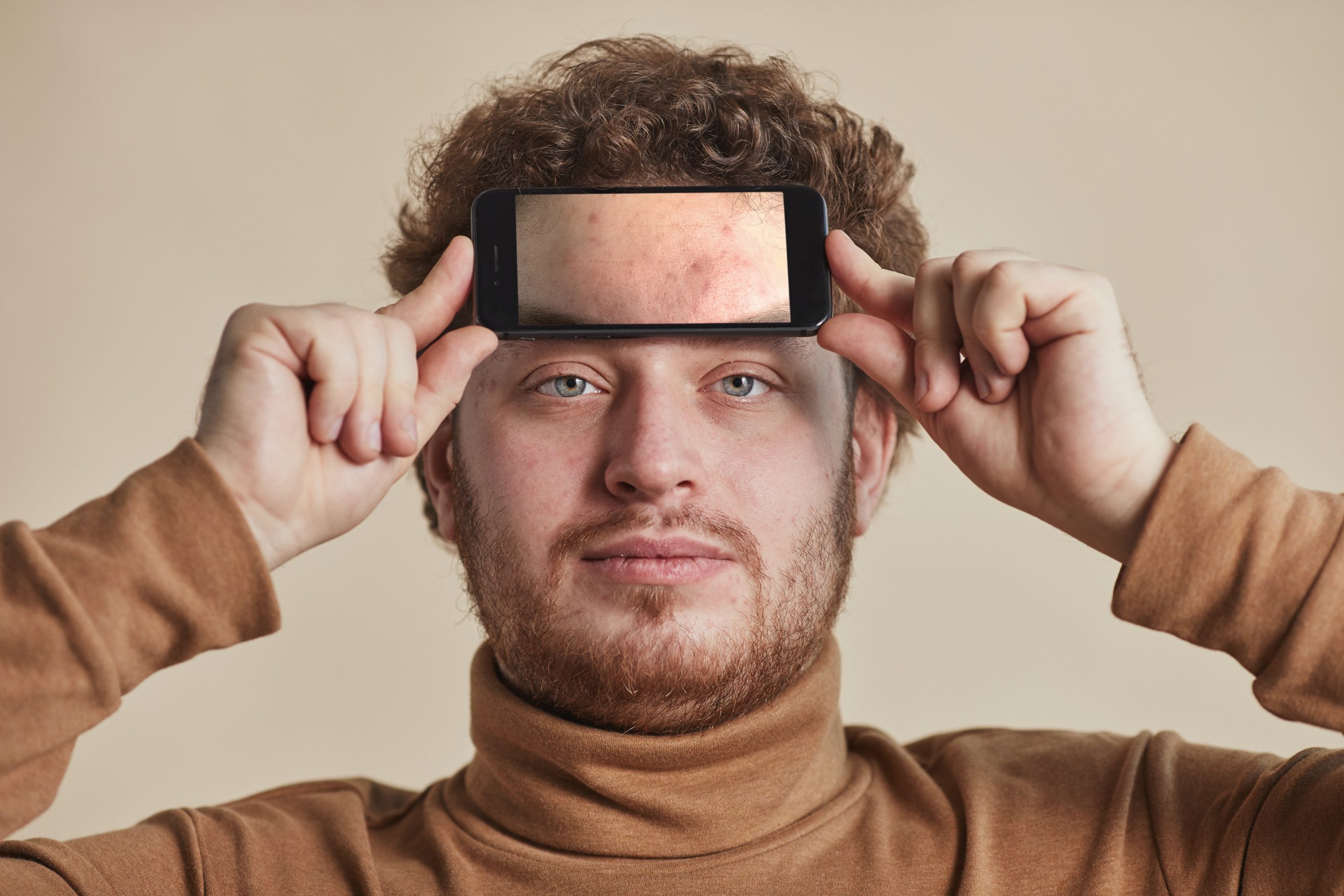Sadly, more and more people suffer from different types of hearing loss in one or in both ears. In the United States only, there are over 28 million people with hearing problems and the number is growing daily. One of these conditions is unilateral hearing loss, known as hearing loss in one ear.
This type of hearing loss can range from mild to severe or profound and can affect the quality of life. There are different treatment methods to help people dealing with this hearing condition including the use of hearing aids.
In this article, you will find detailed information about what is unilateral hearing loss, what are the symptoms, and how to handle it when it occurs.
What is Unilateral Hearing Loss?
Unilateral hearing loss is decreasing or losing the hearing in one ear. Single-sided deafness (SSD) is a type of unilateral hearing loss where the reduction of hearing loss is so severe that your ear is considered deaf or non-functional. Over 60,000 people of the total number in the United States suffer from unilateral hearing loss.
Unilateral hearing loss can occur in children as well as adults but it is most common in middle-aged people. This type of hearing loss can attack the hearing system from birth or later in life, and damage the sound connection with the brain. Statistics show that 1 out of 1000 babies is born with unilateral hearing loss, which is 1% of the total number of newborns.
An ENT physician or audiologist will recommend the use of hearing aid implants if you’re experiencing mild or moderate hearing loss. Keep in mind that you will also need different hearing aid parts as a defense against wax as well as protection of the sound inlet. The new Phonak hearing aid parts, for instance, are great for an easier and swift experience. From charging cases to wax traps and receiver vented domes, whatever fits your hearing aid model.
Causes and Symptoms of Unilateral Hearing Loss
Check whether you are experiencing these symptoms before booking a consultation with a specialist:
- Ringing in the ear. One of the most basic symptoms of unilateral hearing loss is ringing in one ear. In medicine, this is also known as Tinnitus.
- Difficulty communicating with other people. If you often ask other people to repeat what they said, it might be because you don’t hear well in one ear and the communication is harder than usual.
- Finding hard localizing the sound direction. If you hear sounds but you can’t define the direction they come from, you might be having hearing loss issues. Unilateral hearing loss blocks or limits the hearing in one ear, so you can face difficulties defining the sounds.
- Feeling dizzy because of listening all day. At the end of the day when you go home to relax, you may feel dizzy or light fatigue because of listening to different sounds all day. Unilateral hearing loss can cause dizziness and fatigue because of all the efforts your hearing system makes to define the sounds.
Best Treatment Options
Treating unilateral hearing loss properly requires professional healthcare services and regular meetings with the ENT specialist, otolaryngologist, or audiologist. There are many treatment options, but you should choose the best one for you after consulting your doctor. You can deal with this type of hearing loss with hearing aid implants and devices or solve it surgically.
You can use contralateral routing of signal (CROS) devices to pick up sounds from the poorer ear side. The bone conduction hearing system also provides sound awareness on the poorer hearing side but it is especially helpful when dealing with single-sided deafness.
You can also treat unilateral hearing loss by using a cochlear implant. This implant directly affects the nerves inside the ear which are connected to the sound cells in the brain. That way the brain receives the signals from the implant and recognizes them as sounds. This implant is usually located behind or inside the ear.
Bottom line
Unilateral hearing loss may occur in middle-aged people and newborns. This type of hearing loss damages or limits the hearing in one ear, and is the opposite of bilateral hearing loss, which affects both ears. More and more people suffer from this condition and the numbers continue to rise day to day.
The symptoms might vary from fatigue and dizziness to finding communication hard with other people, ringing in the ear, and so on. Always consult your doctor or an ENT specialist to determine the most effective course of action to follow in this circumstance so that you can deal with this condition effectively. The most popular treatment methods are using hearing aids or hearing aid implants like bone conduction devices, cochlear implants, or even surgery.

John Davis is a passionate content writer with a knack for crafting engaging narratives across various subjects. With a keen eye for detail and a love for storytelling, John brings ideas to life through the power of words. His dedication to delivering high-quality and informative content has made him a trusted voice in the digital realm. When he’s not at his desk, you’ll find John exploring new hobbies and seeking inspiration in the world around him.








Loading…